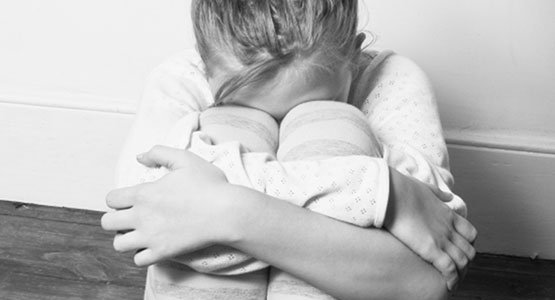This month has seen the publication of Domestic abuse: a good practice guide for social landlords.
 This document has been produced by The Association of Local Authority Chief Housing Officers, The Chartered Institute of Housing, the Scottish Federation of Housing Associations, Shelter Scotland and Scottish Women’s Aid.
This document has been produced by The Association of Local Authority Chief Housing Officers, The Chartered Institute of Housing, the Scottish Federation of Housing Associations, Shelter Scotland and Scottish Women’s Aid.
The organisations work together within the housing sector and produced guidance in response to their concerns that victims of domestic abuse are failed by the current practice within the housing sector.
The guidance is aimed at those working within the social housing sector.
The guidance is aimed at those working within the social housing sector. It is aimed at those involved with developing the policies together with those providing housing management and support services.
Social landlords were asked about the issues they have experienced in responding to domestic abuse. Various responses were received and include that there is a lack of guidance, staff are often concerned that their actions will escalate matters and that there is an over-simplistic approach taken when the options are considered.
The Guidance sets out important factors and indicators of domestic abuse, including:
- Coercive control – This should not be thought of as a ‘warning sign’ of domestic abuse. It must be recognised that this is abuse in and of itself.
- Anti-social behaviour – It must be recognised that domestic abuse does not fall into the category of anti-social behaviour. If there are not distinct policies covering each of these areas then it risks preventing a domestic abuse victim from seeking assistance, amongst other important negative consequences.
- Financial control – A perpetrator exercising financial abuse is an important indicator of coercive control. It risks the victim being left with debt in their sole name and without employment amongst many other significant issues.
- Persons with no recourse to public funds and EEA nationals – The Guidance notes that victims of domestic abuse who have moved from another country can often face additional methods of control exercised by the perpetrator. This can include preventing the victim from learning English, destroying their passport and the perpetrator informing the victim they are not legally entitled to be in the country to prevent them from seeking assistance from the authorities.
The publication then continues to set out guidelines that should be adopted by social housing organisations to ensure an effective and safe method of responding to domestic abuse situations, including:
- Partnership – Social housing providers should work with other relevant organisations from the outset to maximise the pool of expertise in developing a suitable response.
- Domestic Abuse Policy – There should be a specific policy on domestic abuse. It should include a variety of matters including the responsibilities and the actions to be taken.
- Supportive first point of contact – The Guidance acknowledges that a housing officer can often be the first person that a domestic abuse victim confides in. The response they receive is of the utmost importance both in terms of the short and long term outcomes.
- Homelessness – A simplistic response to domestic abuse is often to refer the victim to a homelessness service. This approach lacks the support that the woman and her children require. The Guidance suggests that this approach should be changed in order that the victim’s needs and safety are the focus.
- Action that will be taken against perpetrators – By ensuring the victim is the focus, housing providers should take steps to transfer the tenancy agreement into the sole name of the victim if they wish to do so. This must be done in an appropriate manner to ensure that this does not increase the risk to the victim and it is, therefore, important to ensure that the perpetrator is rehoused.
The Practice Guide provides examples of good practice examples together with the opinion of those that have experienced domestic violence. The publication of this Guidance serves as an important reminder to all those working in sectors involving interaction with domestic abuse victims and perpetrators.
We are pleased to see this guidance which is appropriately focussed on the needs of the domestic abuse victim and hope this policy will see such situations being resolved more appropriately and in a practical way with the input of the landlord. However, we also recognise that this is a complex area and would encourage anyone involved in a domestic abuse situation to seek early legal advice.
The full guidance document can be found here: Domestic abuse guidance for social landlords





